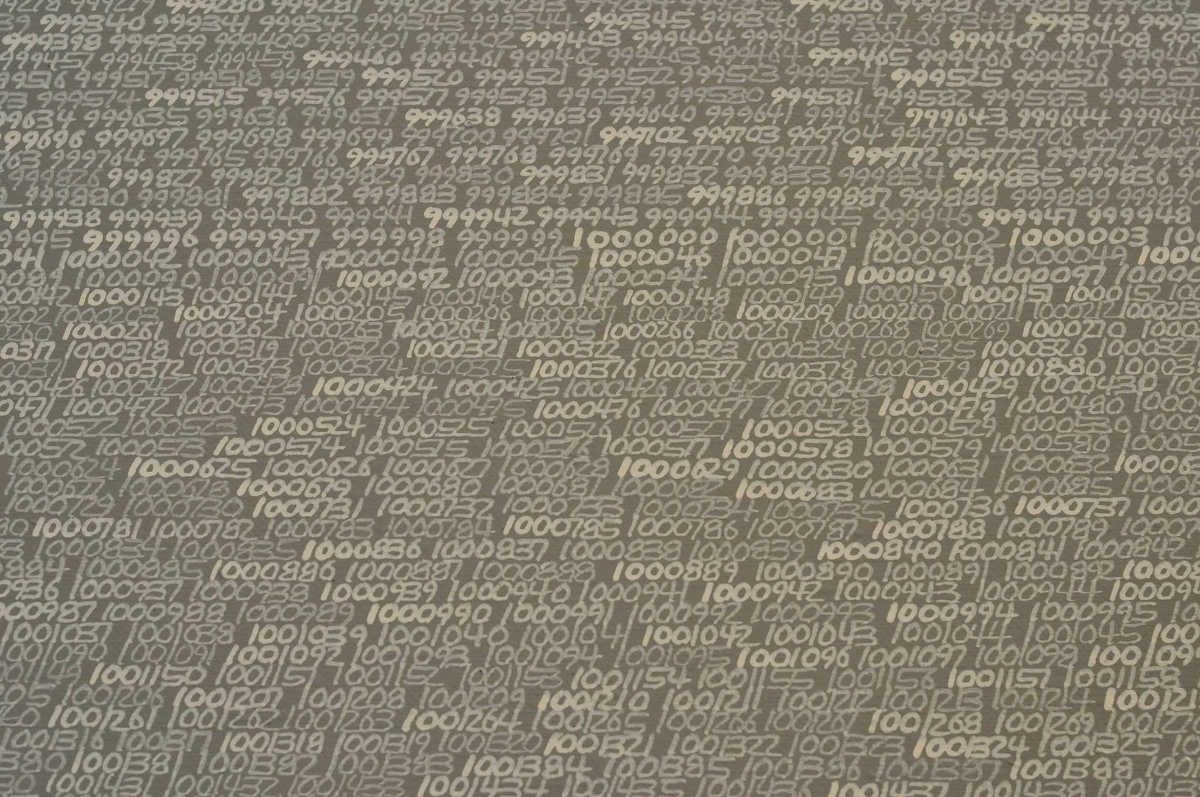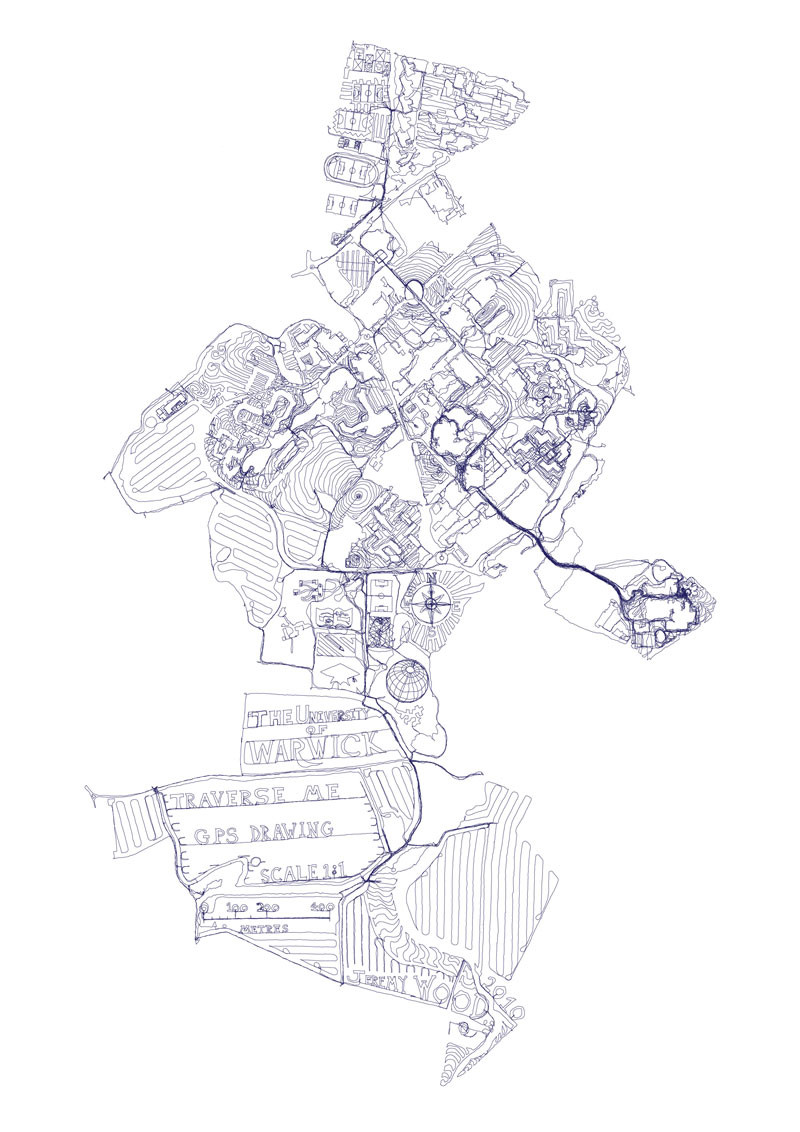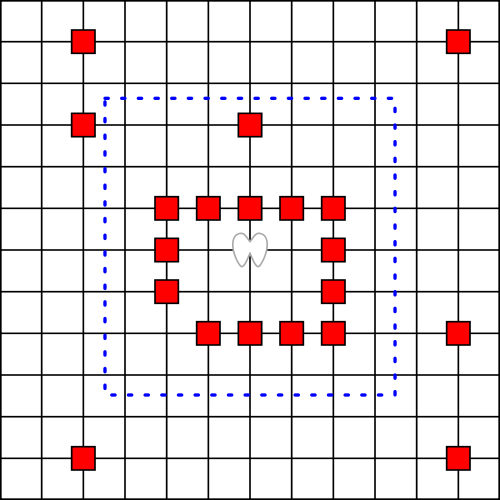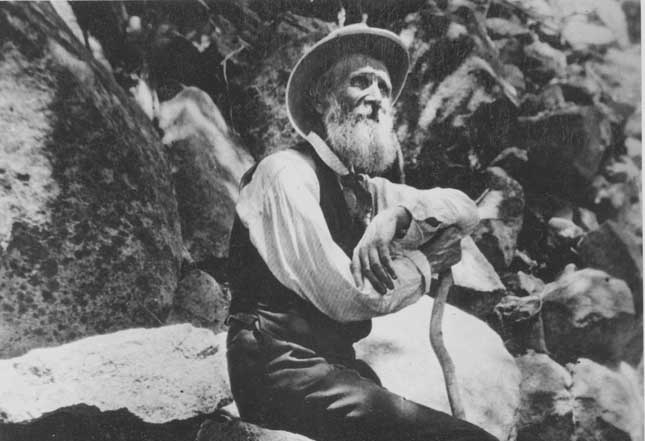
In 1965, Polish artist Roman Opałka hung a 196 × 135 cm canvas in his Warsaw studio. In the top left corner he painted a tiny numeral 1, then a 2, and so on until he had filled the canvas with numbers. Then he put up a new canvas and continued where he had left off. He called these images “details”; all of them had the same size and the same title, 1965 / 1 – ∞.
He vowed to spend the rest of his life on the project. “All my work is a single thing,” he said, “the description from number one to infinity. A single thing, a single life. … The problem is that we are, and are about not to be.”
At the start he painted white numbers on a black background, but in 1972 he began gradually to lighten the black with each detail, saying that his goal was “to get up to the white on white and still be alive.” He expected that this would happen when he reached 7777777 … but at the time of his death, in 2011, he’d got only as far as 5607249.




